Trying to add a MIDI synthesizer & speakers to a keyboard here. Here's the schematic:

simulate this circuit – Schematic created using CircuitLab
But I was getting annoying crackling and popping noise. I did some debugging and found my problem is very similar to the one in this question:
Ground loop? Switch mode power supply noise
The problem is the amplifier board connects the negative inputs to the power ground. These are then connected to the headphone ground, which is really 1.5V*, causing the worst possible ground loop! I guess there's another coupling capacitor inside the computer to protect the headphone ground from being shorted. It seems in theory if the headphone ground stays perfectly constant, then there will be no ground loop current and therefore, no noise. But in reality, there will be current flowing from the headphone ground.
So, I cut the traces on the amplifier board that connected the negative inputs to ground. The noise went away finally.
But I'm still utterly at a loss at why would an amplifier connect the negative inputs to ground? That would only work if you plan on powering it from another isolated power supply.
*I measured HPCOM @ 1.5V without load. The Allwinner A10 datasheet (22.1) says, "Support to automatic change from Virtual Ground to True Ground to protect headphone amplifier"